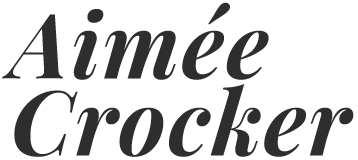
Hatha Yoga Pradīpikā of Svātmārāma
Aimée Crocker received the classic fifteenth-century book Hatha Yoga Pradīpikā by Svātmārāma from her friend Shikapur when she was touring India. He made a present of it in reply to questions she had about Hindu religions. It became a powerful influence on her. She wrote about it in her travel book And I’d Do It Again:
It was perhaps a hard subject for me, but it was, all the same, a great revelation, and it gave me a comprehension of the deeper things of existence.
Yoga is a Sanskrit word meaning concentration. It is today the name of one of the orthodox Hindu systems of belief. It has for its teaching the way in which the human being can become perfectly united with the Supreme Being. There are eight stages of this concentration: self-control, external and internal purity; postures (which have served as basis for many of the false Yoga “rackets” popularized in Europe and America by would-be intellectuals and handsome, money-seeking Hindus); regulation of the breath; restraint of the senses; steadying of the mind; fixing of the mind on the Supreme Being; and profound contemplation.
The Yogin, or follower of the Yogi creed, may attain eight great powers when he arrives at maturity of the samyama, the last three of the stages. He may shrink into the diminutive form of the atom or may obtain perfect control and dominion over everything or yet possess a knowledge of all things that have or may happen in the earth or in the heavenly bodies. The Yogin may even attain the powers of comprehension of the most subtle elements and be able to see all objects at once as he approaches the identity with the Supreme and become part of Him.
The Hathapradīpikā of Svātmārāma was first published in 1893 on behalf of the Bombay Theosophical Publishing Fund. This was one of the fruits of the many efforts made by members of the Theosophical Society in the 19th century to bring Eastern literature and knowledge to the attention of the public in general and of the Western world in particular. It consists of four chapters that include information about purification (satkarma), posture (āsana), breath control (prānāyāma), spiritual centres in the body (chakra), coiled power (kundalini), force postures (bandha), (kriyā), energy (shakti), subtle/gross bodily connections (nādi), and symbolic gestures (mudrā), among other topics.
Hatha Yoga Pradīpikā runs in the line of Hindu yoga (to distinguish from Buddhist and Jain yoga) and is dedicated to The First Lord (Ādinātha), one of the names of Lord Śiva (the Hindu god of destruction and renewal), who is described in several texts from the Dattātreyayogaśāstra onwards as having imparted the secret of haṭha yoga to his divine consort Pārvati.

